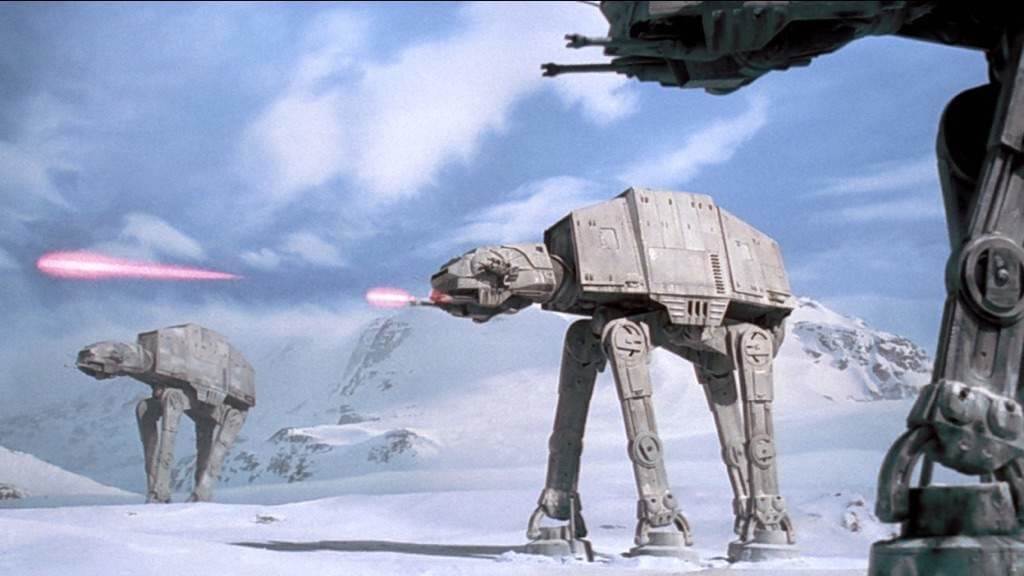
In Episode 1 of this series, we saw how the consumer journey in the luxury travel industry mirrors the hero’s journey of Luke Skywalker in the original Star Wars trilogy. So now let’s take a look at how you can use this parallel to achieve a primary marketing goal.
NB: This is part 2 of 3 in a series of articles by Bullseye Strategy
Your goal is to get consumers to bypass OTA’s and directly book with your resort. But how can you drive these direct bookings? Not only must you understand the general structure of the consumer journey as outlined before, but you need to understand the technological tools that will help deliver the consumer to your brand. Here are four of the most important ones you should be using:
Stay on target: Retargeting
In Star Wars Episode IV, the evil galactic empire places a homing device on an unsuspecting ship, the Millennium Falcon. This enables the empire to follow the rebels wherever they go. This in turn helps the evil forces to discover the location of the secret rebel base so that they can try to crush the rebel army.
Retargeting is a lot like placing a homing beacon on a rebel ship. Retargeting allows you to target users who have previously visited your website with banner ads on display networks across web; dynamic retargeting even allows you to serve them ads with the precise products they were viewing on your site, as well as closely correlated products. This is some of the most cost-effective media you can buy! It’s generally easier to convert a customer who has already visited your site than a new cold lead with no previous experience of your brand.
To use the strategy most effectively, retarget website visitors with precise messages, attractive offers, and prominent calls-to-action. You want to be moving these warmer leads through your marketing funnel with appealing and direct messaging. This will help them strongly consider your brand as the answer to their travel wishes.
Not only is retargeting highly effective, but it is also an inexpensive form of marketing. It helps spur awareness in a very cost-efficient way. So, there’s no good reason why you shouldn’t be using this strategy. You’ve already spent money to get these consumers to your website the first time; it’s worth spending a little more to bring them back again.
Witty space banter: Chat & push chat techniques
Live chat and push chat can be effective tools to drive the conversions on-site, preventing a prospective customer from going to an OTA, and giving them white-glove service right from the start. There’s a lot for a consumer to love about online shopping. I do it all the time. Especially late. At night. When my significant other is sleeping and doesn’t see my shopping habit…
But there are drawbacks to the online shopping experience.
One of the main problems is that a customer is not able to interact live and in real time with a person who can answer their specific questions. It also lacks that human touch that helps to make a consumer feel more at ease.
Live chat gives your prospective guest the opportunity to ask specific questions that might not be answered on your site. A real person to help them through the process may help ease their concerns about booking with a brand they don’t know.
If you don’t have the manpower to staff a live chat feature, you might consider a bot. A bot is a form of artificial intelligence that behaves like a person and can answer questions live. Artificial intelligence is kind of like the lovable droid C-3PO. But less whiny.
Push chat or push notifications are another tool you can use to reach your customers and provide them with valuable, helpful information. Push notifications are one-way chat messages from a company to a consumer that can offer advice, announce a relevant product, or send the traveler a promotional offer of some sort.
Whereas live chat may be initiated by the traveler, the advantage of push notifications is that they can immediately bring something important to the traveler’s attention without her even initiating the conversation. By doing this, your company can be a few steps ahead of the consumer and anticipate where she will need help in deciding on whether she should book with you.
Boring conversation anyway: The customer phone experience
Thirty-five percent of room bookings stem from calls to hotels or their call centers. And that number has been steadily increasing.
Customers enjoy the ease with which they can find rooms they like on their cell phones. They can then simply use click-to-call features to book their reservation. Your resort’s 800 numbers should be prominently displayed on your website to catch a potential traveler’s attention. It’s like waving a lightsaber in front of their face.
But getting a customer to dial the phone is just the beginning of your company’s important work. This leads to a web of complications.
For starters, tracking phone calls initiated by digital campaigns have traditionally been tougher than navigating the Millennium Falcon through an asteroid belt. And then there’s the problem of bridging the physical and digital divide, which can make a marketer feel like they’ve just been frozen in carbonite.
So what’s a marketer to do? Well, we could tell you right now, but since this is Episode II of III, you’re just going to have to hang in suspense while we leave you with a cliffhanger.
But don’t worry, Episode III will be here soon to help you rescue your marketing team from the evil clutches of Imperial Army of Ineffective Marketing that stands in your way to conquering to saving the galaxy for luxury travelers everywhere!



